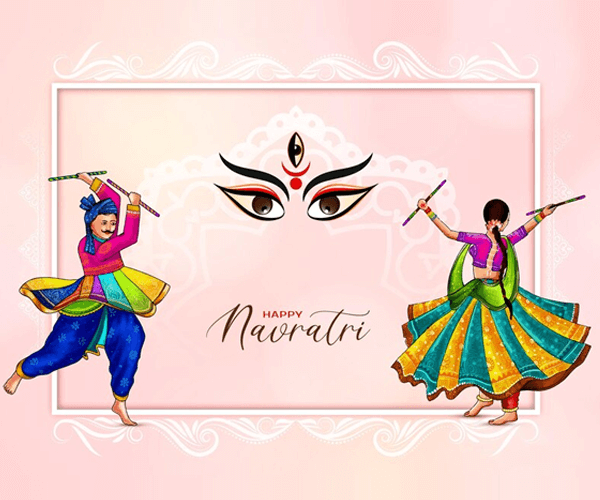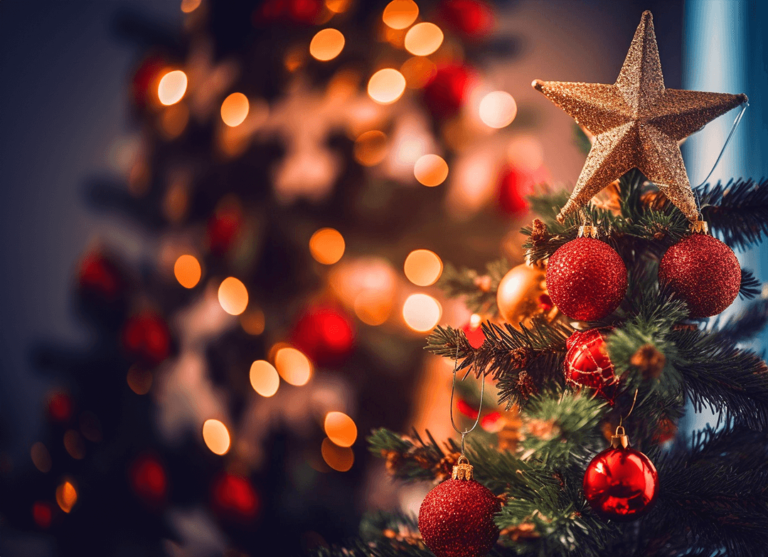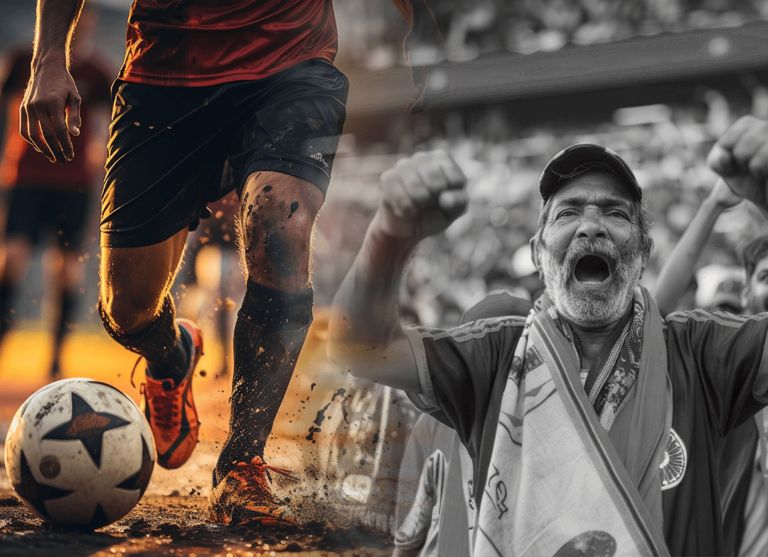Celebrated in honor of the goddess Durga and her nine forms, the festival of Navratri is acquired from two Sanskrit words: “nav”- meaning nine, and “ratri”- meaning night. The festival holds great spiritual, cultural, and historical importance in the Hindu tradition. Mainly, Navratri spans during the month of Ashvin(September-October) for nine nights and ten days. The tenth day is called Vijayadashmi, replicating the victory of positivity and strength over evilness.
What historical background does this festival have? How is it celebrated? What is the importance of the nine days? And what different rituals do people follow in India? This article will analyze everything about this beautiful festival of power and prosperity.
Historical Background of Navratri:
Numerous Hindu religious books describe the tale of Navratri. The most well-known tale discussed is the story of the goddess Durga and her conquest of the demon Mahishasura. With Lord Brahma’s blessings, Mahishasura was granted immortality, meaning he would never perish. This power came with one condition: the only person who could kill Mahishasura would be a woman. Later, Mahishasura used this power to become a powerful force by attacking everyone across the region. After seeing this, the “Tridev” created the goddess Durga to defeat Mahisasura.
The battle went on for ten days, where goddess Durga and demon Mahishasura locked horns against each other, and ultimately, goddess Durga defeated the demon on the tenth day. This victory glorified the emergence of strength, power, and positivity; this is how the festival of Navratri started to be celebrated in ancient times. As time passed, people with various traditions and customs started celebrating the festival in different ways; some preferred fasting, offering prayers, dancing, and so on. In other regions, Dussehra and Durga Puja are synonymous with Navratri, where people enthusiastically celebrate the nine days.
The Nine Days of Navratri and How is it Celebrated in India:
As the name suggests, each day of Navratri is essential because people offer prayers to the nine forms of the goddess Durga. Day one of Navratri is dedicated to Maa Shailputri, a form of goddess Parvati, which means daughter of mountains. On the second day, devotees worship Maa Bhramacharini, who glorifies wisdom and austerity. The next day is dedicated to Maa Chandraghanta, who has ten arms and holds various weapons, and her third eye always remains open. The fourth day of Navratri belongs to Maa Kushmanda, who is known to have created the world with her smile. She is symbolized as the source of energy and light. People worship Maa Skandamata on the fifth day of Navratri as she symbolizes motherly love in the universe. Day six of Navratri is dedicated to Maa Katyayni, who killed the demon Mahishasura, and the seventh day of Navratri belongs to Maa Kaalratri, known as the most feared form of goddess Durga. People pray to Maa Gauri on the eighth day of Navratri, who represents peace, purity, and tranquility in the world. On Navratri’s ninth and final day, devotees offer their prayers to Maa Siddhidatri, who grants knowledge to all her devotees. On these nine days, the streets of India feel quite different because of various cultural events; people perform collective music sessions, dance together, and seek blessings from the divine forms of goddess Durga.
With the diverse nature of Indian society, every region celebrates the festival of Navratri uniquely, showcasing unity in diversity. In the northern region of India, the celebration of Navratri is marked as the victory of lord Rama over Ravana or celebrating the nine forms of Maa Durga. In the Western region, people play garba and dandiya, and everyone dances around and enjoys the festival of Navratri in a fun manner. In the eastern region of India, especially West Bengal, most of the days of Navratri are celebrated as Durga Puja, and the eighth day is called Durgashtami. This diversity in celebration is a testament to the rich cultural heritage of India, inviting you to explore and appreciate the various traditions.
The southern part of India celebrates Navratri differently. They invite friends and relatives to their homes to display dolls and share sweets.
Various Rituals People follow on Navratri:
The most common ritual that every Indian household follows during the festival of Navratri is fasting. The practice of Fasting is not just a physical act but a spiritual practice that teaches self-control over hunger and mind. Elders of Indian households always follow the practice of fasting to keep themselves healthy in every way. This act of self-discipline and devotion is a powerful way to connect with the divine during Navratri. People wear traditional attire for nine days, participate in various community events, dance, and enjoy themselves together. Many communities provide food and other commodities to the needy and seek blessings from goddess Durga and her nine forms.
Lastly, the festival of Navratri has continued to resonate with people of all ages and backgrounds. Over the years, it has served as a medium of divine connection and spirituality. The festival celebrated the victory of good over bad, inspired everyone towards the path of righteousness, and gave everyone the power to fight against all odds. Navratri is a subtle reminder of the strength within each of us, encouraging us to face life’s challenges with courage and resilience.























